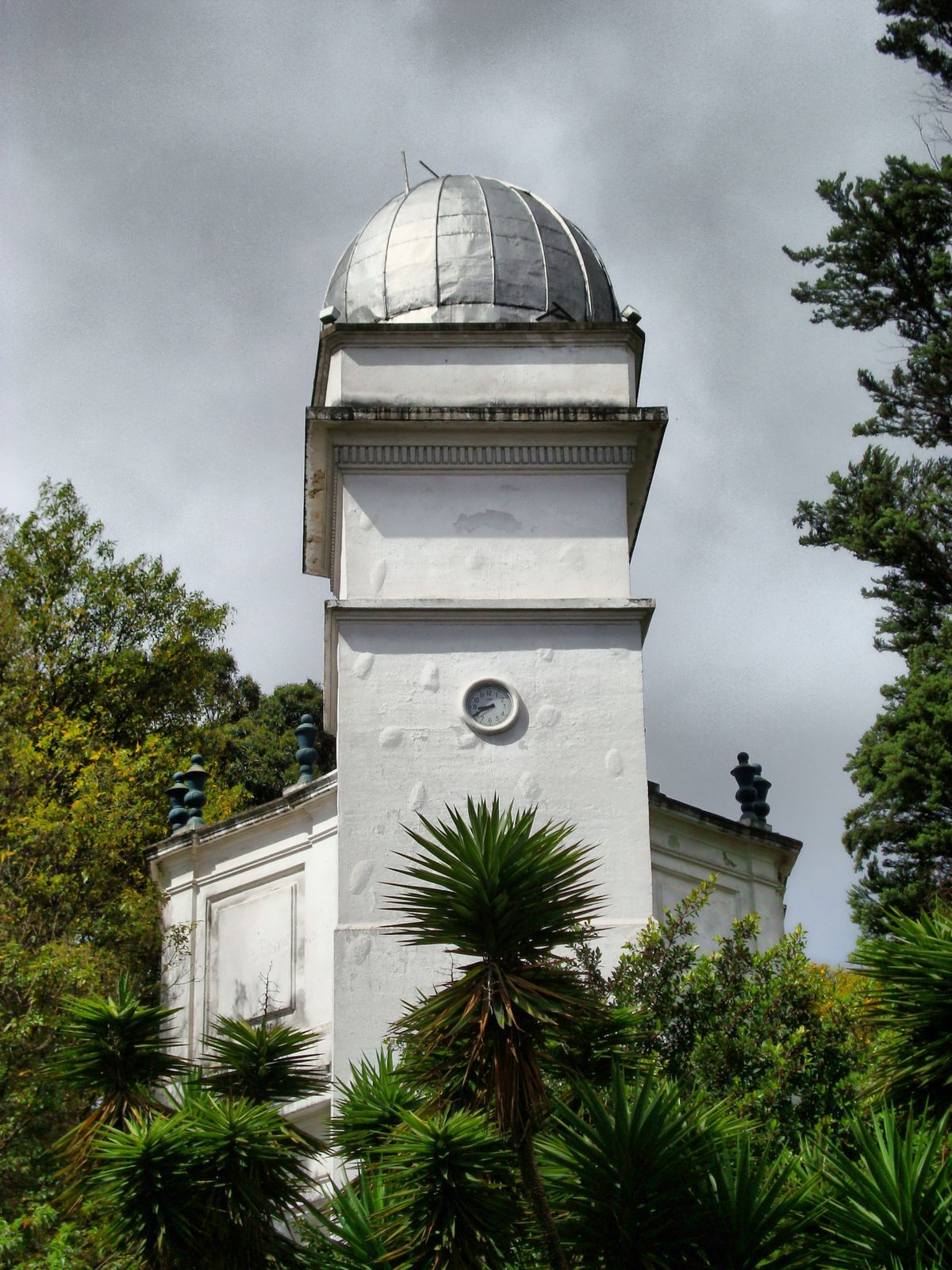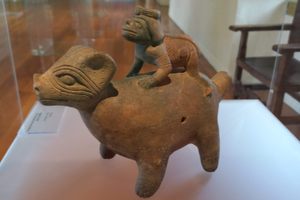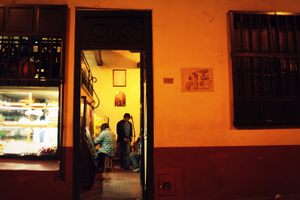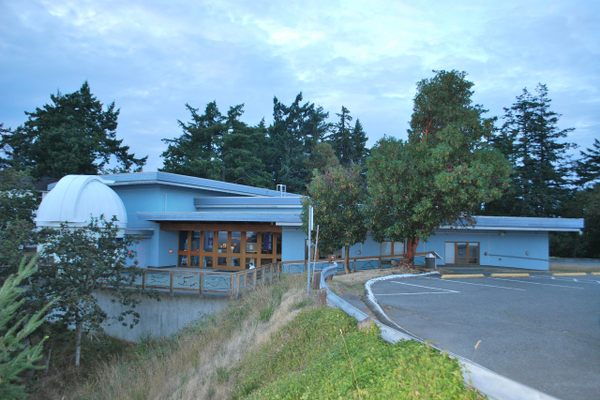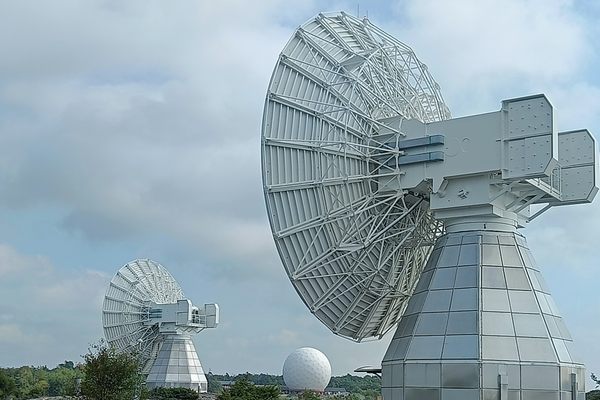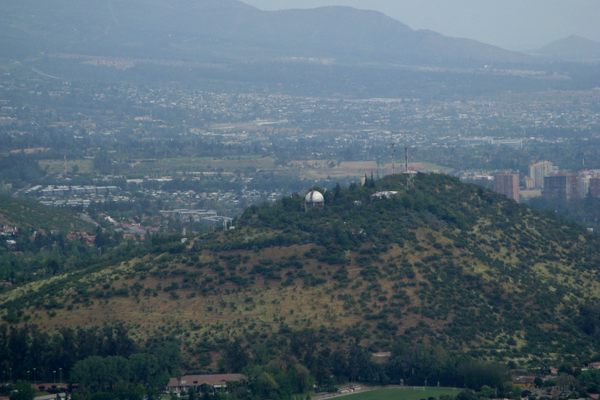About
When construction concluded on August 20, 1803, the National Observatory of Colombia became the first outer space observatory to built in the Western Hemisphere. It was also Colombia's tallest building until the construction of the Primatial Cathedral of Bogotá in 1823.
The creation of the observatory was the initiative of Spanish priest, botanist, and mathematician José Celestino Mutis, whose contribution to the Spanish-American Enlightenment is famously recognized. Shortly after its construction, Mutis entrusted the National Observatory to Francisco José de Caldas, a martyr of the independence movement and scientist, who permitted its use as a place of reunion to conspire against the Spanish Empire.
After the Spaniards executed Caldas in 1816, scientific activity at the observatory became null until Simón Bolívar, liberator of Colombia, Ecuador, and Venezuela, ordered its reactivation in 1823. This was done to incentivize the development of engineering and natural sciences in the newly founded republics.
In the 1860s, the observatory was witness to more political structures. It served brief stints as a fortress and prison.
Today, the National Observatory is still in operation. It is currently managed by the Faculty of Science of the National University of Colombia.
Related Tags
Know Before You Go
The National Observatory is located within presidential palace grounds, therefore visitors must register their visit at least 30 days in advance on the Casa de Nariño webpage. Once cleared to enter the presidential palace grounds, visitors will be scheduled to a free of charge 45-minute guided tour which includes a visit to the National Observatory. One can also walk pass the observatory by taking Carrera 8 from the iconic Plaza de Bolívar.
Colombia Discovery: Coffee, Art & Music
Explore Colombia's depth: art, history, culture & transformation.
Book NowPublished
December 3, 2018
Sources
- http://www.bogota.gov.co/article%3Aciudad/historia/observatorio-astronomico-una-obra-para-el-pensamiento-y-la-ciencia
- https://es.wikipedia.org/wiki/Observatorio_Astron%C3%B3mico_Nacional_de_Colombia
- https://www.google.com/maps/place/Observatorio+Astron%C3%B3mico/@4.5956022,-74.078106,19z/data=!4m12!1m6!3m5!1s0x8e3f9907a27ef9a7:0xdfeeb4b3241959e6!2sCasa+de+Nari%C3%B1o!8m2!3d4.5955263!4d-74.0775205!3m4!1s0x8e3f9907f1127617:0x62532731d88a53f2!8m2!3d4.5962151!4d-74.0775041
- http://home.europa.com/~telscope/bogota.txt



